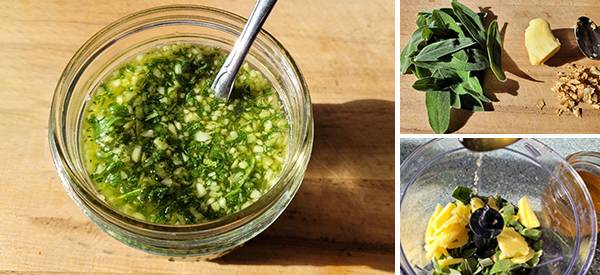
Herbal Oxymel Recipe With Sage And Ginger
Oxymel combines the best of both worlds of infused honey and herbed vinegar. This step-by-step recipe shows how to make an oxymel with sage and ginger with some great tips to make the process smooth and effective.
What is Oxymel?
Oxymel simply is mixing acid or vinegar with honey. This combination brings together the sweet and sour elements in a delicious liquid which is perfect for extracting beneficial components of herbs, spices, roots, and basically any medicinal plant parts.
Four Ingredients, One Magical Solution
I don’t use the word magical lightly. I am devoted to evidence-based, scientifically proven, plant-based remedies. Luckily, the scientific world is catching up with the extraordinary compounds found in nature and plant-based medicine.
Apple Cider Vinegar (ACV)
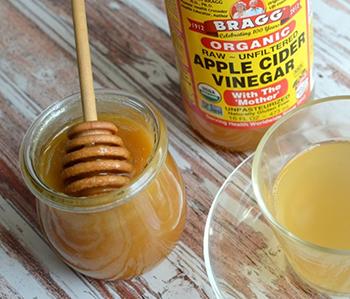
Long revered for its health benefits, apple cider vinegar has bioactive compounds, polyphenols, and micronutrients. These contribute to apple cider vinegar’s ability to act as an antimicrobial, antidiabetic, antioxidative, and antihypertensive agent. This recipe uses raw, organic, unpasteurized apple cider vinegar to ensure the utmost availability of these beneficial compounds. Apple cider vinegar which contains “mother” has higher antioxidative capabilities.
Honey
This recipe uses raw, local, unpasteurized honey too. Also high in bioactive compounds, polyphenols, and micronutrients, honey is amazingly paired with apple cider vinegar. Honey has a strong antimicrobial ability.
Sage
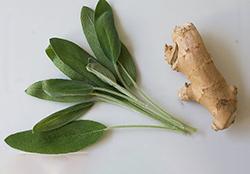 Sage is loaded with micronutrients, has an anti-inflammatory capacity, and acts as an antioxidant.
Sage is loaded with micronutrients, has an anti-inflammatory capacity, and acts as an antioxidant.
Ginger
Adds additional anti-inflammatory and antioxidants compounds with many other helpful health benefits including aiding weight loss, cancer prevention, and boosting cognitive function.
Gathering the Ingredients
Even though it is nearing the end of winter when fresh ingredients can sometimes be hard to come by, these four ingredients are common enough to be found at any just about any grocery store. Some folks make their own apple cider vinegar or harvest their own honey and may even have sage or ginger growing. Of course, the closer to the source, grown and harvested sustainably, the better.
Recipe Ratios
Ratios in this recipe may vary by taste. I’m using 1 part honey to 2 parts ACV. If you like a sweeter oxymel, you could use a 1:1 ratio. On the other hand, if you have a sensitivity to sugar or may be diabetes-prone, you can increase the ACV as much as 1 part honey to 4 or 5 parts ACV.
- 1/3 cup honey
- 2/3 cup ACV
- 2 tablespoons crushed ginger
- 2 tablespoons crushed sage
Step 1
Prepare a sterile jar and tools.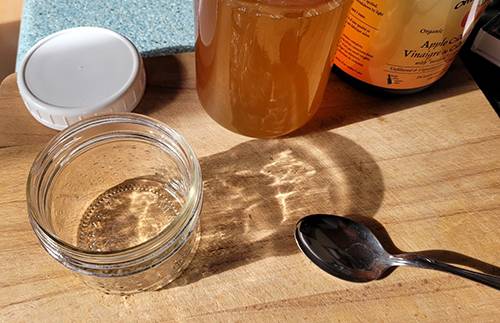
Step 2
Fill the jar to 1/3 with honey.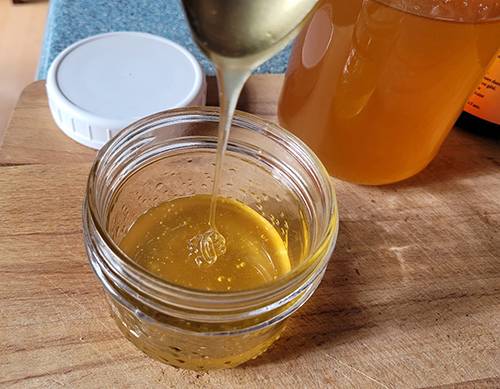
Step 3
Add 2/3 cups of apple cider vinegar.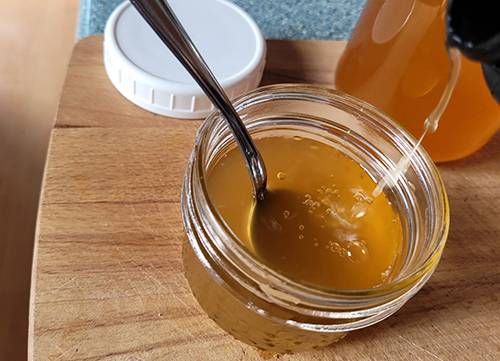
Step 4
Stir honey and ACV together and allow the vinegar to melt the honey. This may take a few minutes. So, a great time to prepare the remaining two ingredients.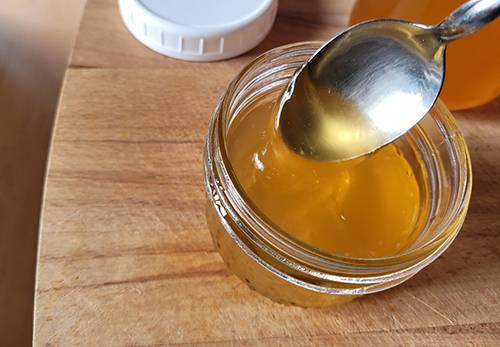
Step 5
Gather sage and ginger.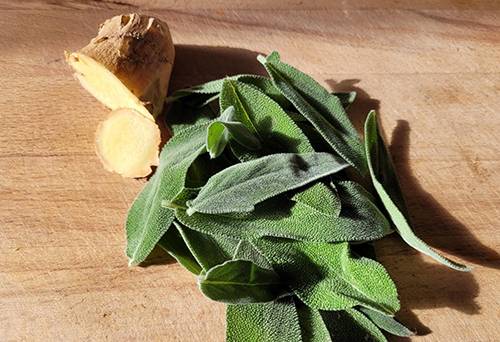
Step 6
A fun and effective way to prepare ginger is to peel it with a spoon. For years, I peeled ginger with a knife and kept the peels in the freezer for adding to cooking liquid for beans or to use to flavor steams to aid congestion and improve indoor air quality. This little trick is super handy, quick, and doesn’t take much of the yummy ginger flesh with it.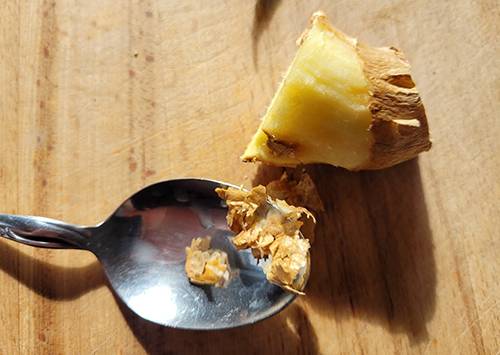
Step 7
Wash the ingredients and get them ready to chop.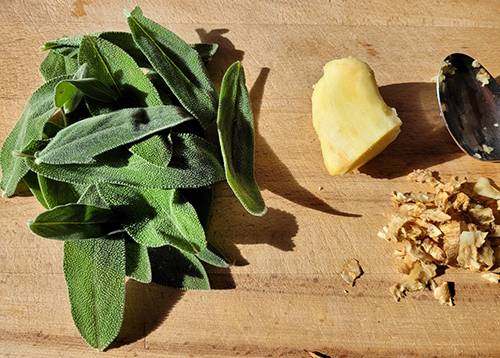
Step 8
Rough chop the sage and ginger together to add to the food processor or herb chopper. Ginger has long fibers that benefit from being sliced to help break up the root.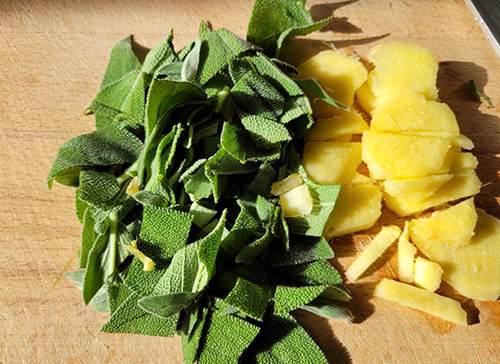
Step 9
This step might be optional. I feel that having the plant material well pulverized helps the honey and ACV extract the most out of the herbs. Some people may find it nicer to leave the leaves and roots in larger chunks. Of course, this is up to you and it will be easier to filter in the end.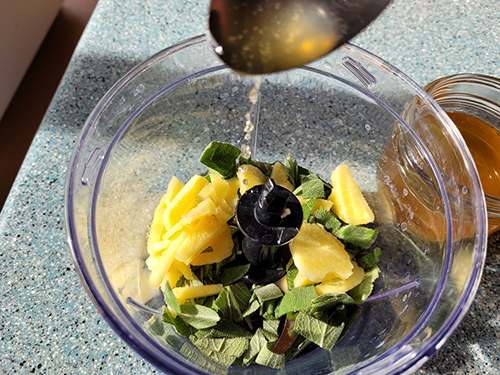
I’m also adding in a bit of the honey and ACV mixture to help the machine break up the plant material.
Step 10
Whir the sage and ginger together. I love this little herb chopper or mini food processor. Of course, you can always chop the ingredients as finely as you desire using a knife. The combination of ginger and sage is incredible. They compliment each other so well bringing out the finest woodsy notes of each of their elements.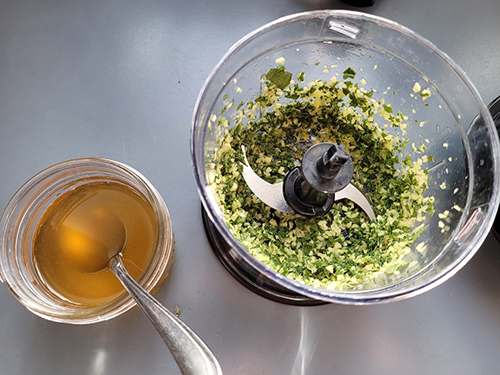
Step 11
Incorporate all the ingredients together. Stir well. The whole process is entirely inspiring. The smell is green and earthy with a little bit of pine on top.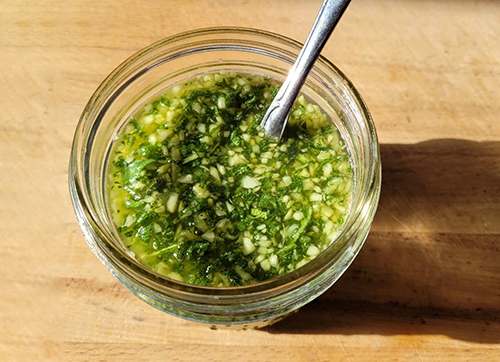
Step 12
Once the oxymel is mixed well, place a secure lid. A metal lid may react with ACV, so it is best to use a piece of cloth or parchment paper to protect the ACV from the metal. Alternately, use a well-sealing plastic lid. Make sure to make a label with the date and what is inside.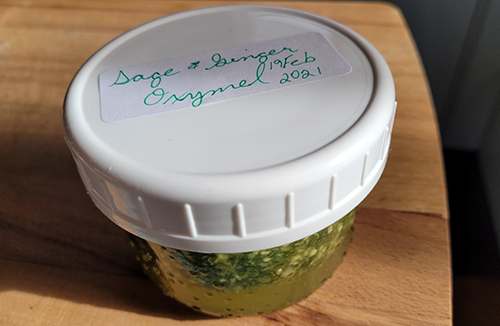
It is best to allow this mixture to combine for 1 to 4 weeks (if you can wait that long!). Keep it in a cool, dry, dark place.
The Final Step
Once you have waited as long as you can, strain the mixture with a sieve or cheesecloth. The ginger and sage could be added to some other recipe or thrown in the soup pot if it seems in reasonable edible condition. If it is questionable at all then of course discard it.
The Many Uses of Oxymel
- Morning Tonic: Put a tablespoon of the liquid in one cup of warm water as the first thing to drink in the morning to give your entire system a delicious jump start.
- Addition to a Marinade: Sage and ginger make an excellent marinade flavor combo. The addition of ACV and honey will make your dish a memorable creation.
- Use as a Salad Dressing: Mix with your favorite salad oil, a tablespoon or so of this ginger and sage oxymel will elevate your everyday salad experience.
- Mocktail or Cocktail: Turn this evening into an event with sage and ginger martinis or add some to a G&T. Try it out in some sparkling water for a special take on homemade ginger ale.
- Tea: Perhaps on the obvious side, using oxymel in your favorite black, green, or herbal tea can give you all the benefits of this wonderful combination.
I’m marking on the calendar when the seven-day waiting period is over so I can start using this magical combination. I’m also thinking about growing more sage next summer and wishing I had made a bigger batch! Enjoy!
What Is Quercetin? Benefits, Dosage, and Side Effects
The 10 Medicinal Seeds You Should Plant for a Complete Backyard Pharmacy (Video)
50 Amazing Uses For Honey You Didn’t Know About
When And How To Use Manuka Honey






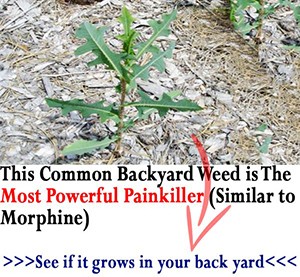
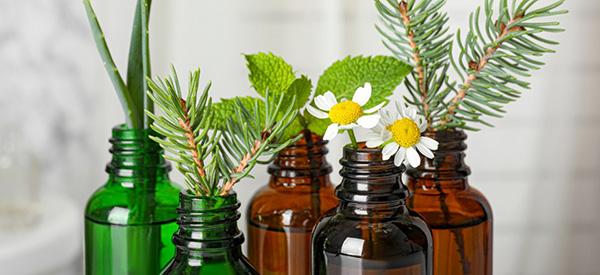
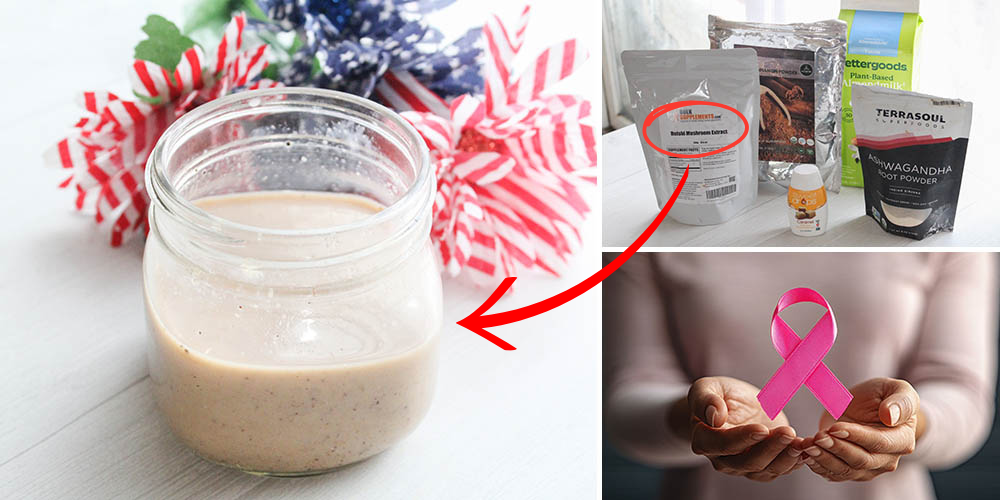
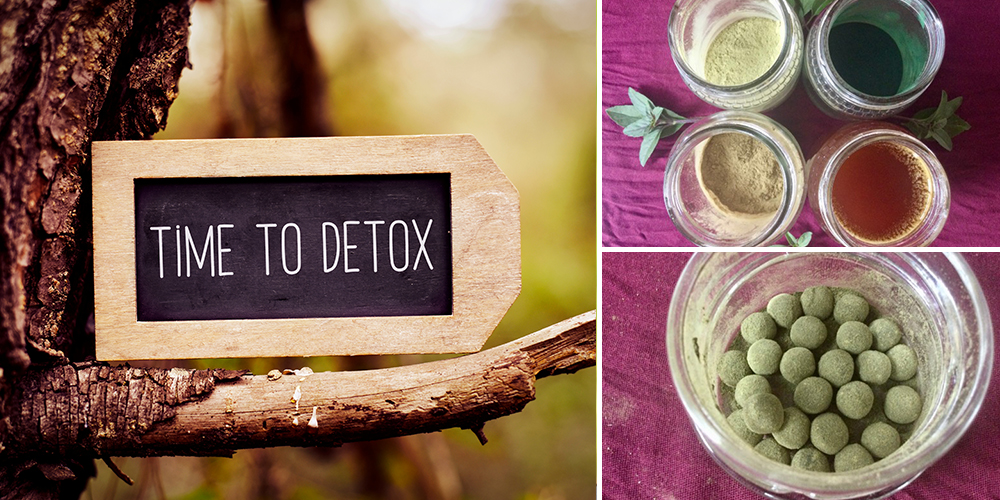
Can leave the ingredients mixed altogether and use it like that. I have a ninja blender
Hi Pete,
I personally haven’t tried it like that, but yes, you can leave the ingredients mixed altogether as well 🙂 Please tell us how it went.
What if one cannot handle the honey? Is there a substitute
Hi Katie,
An Oxymel is by definition a mixture of honey and vinegar. The word oxymel comes from the Italian “oxymeli,” which means acid and honey. So unfortunately there is no substitute for this specific recipe.
But you can make a tea with sage and ginger and get the benefits of these herbs from there. For 4 servings, you will need 4 cups water (32 liquid ounces), 4 dried sage stalks (approximately ½ cup dried sage leaves), 2 teaspoons fresh ginger, grated and you can add your favorite sweetner.
Can you use different types of sage, like the ones known more for their blooms? (salvia guaranitica for example)
? I haven’t received my book yet ?, in Oz.
Hi John,
Thank you for your interest in our work.
Please check your personal email address. I sent you an email regarding your book order.
Many blessings and good health!
I love my book but am wondering what happened to the extras.
Can you make this using dried sage?
Hi, Thanks for this recipe. Love the idea and excited to try it. Have you read that metal kills some parts of honey that are good for us? That’s why the wooden dauber is always shown with honey.